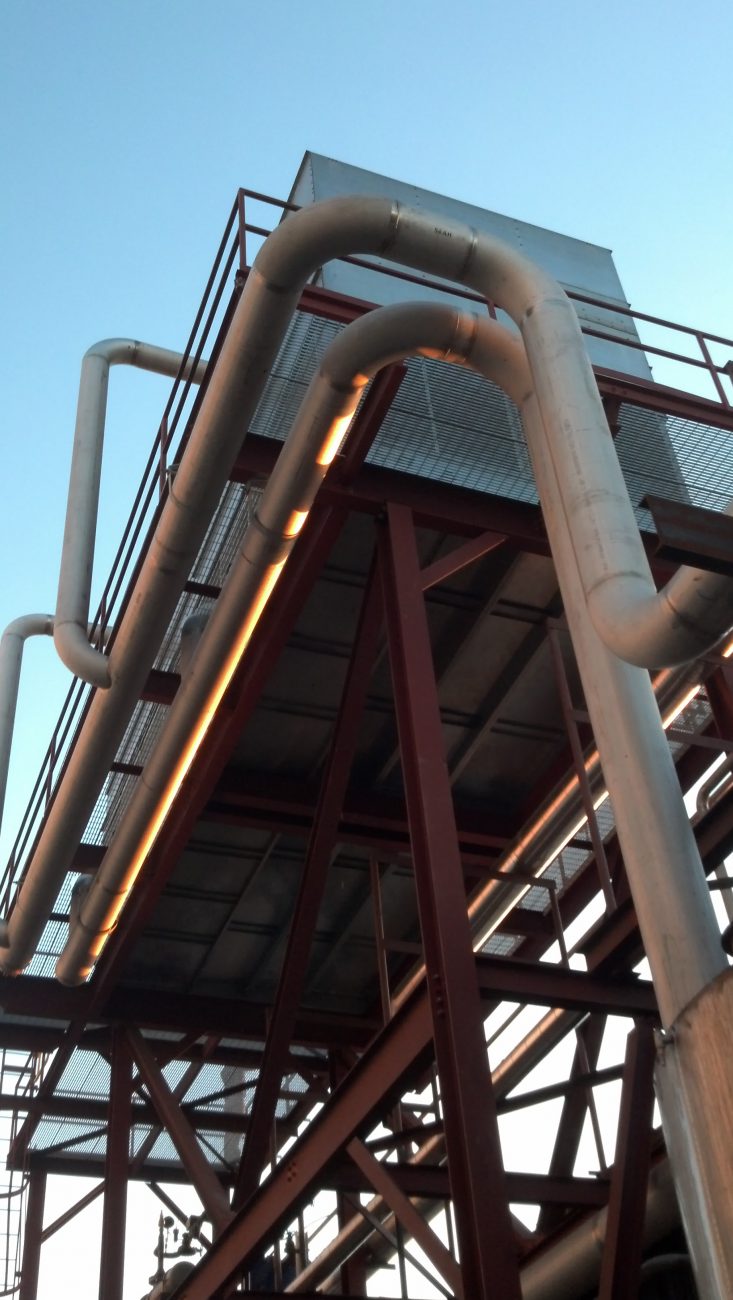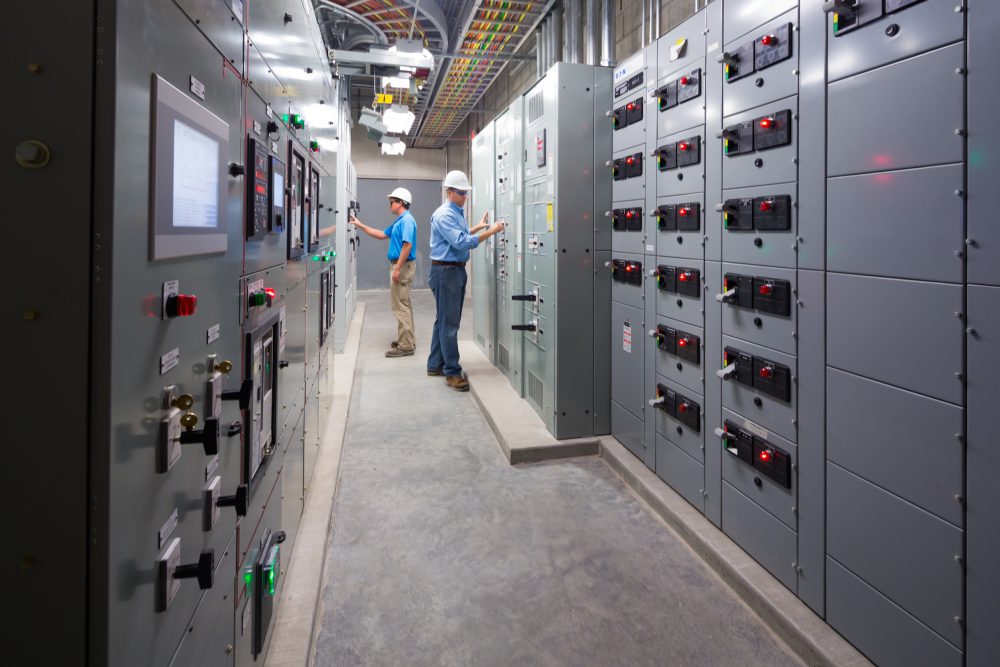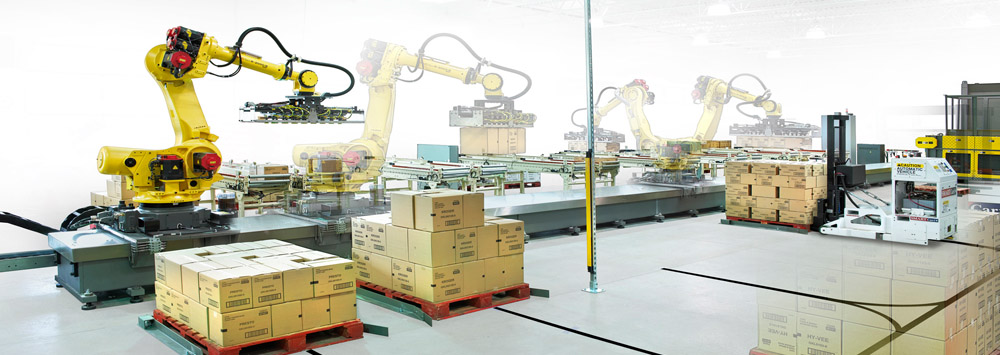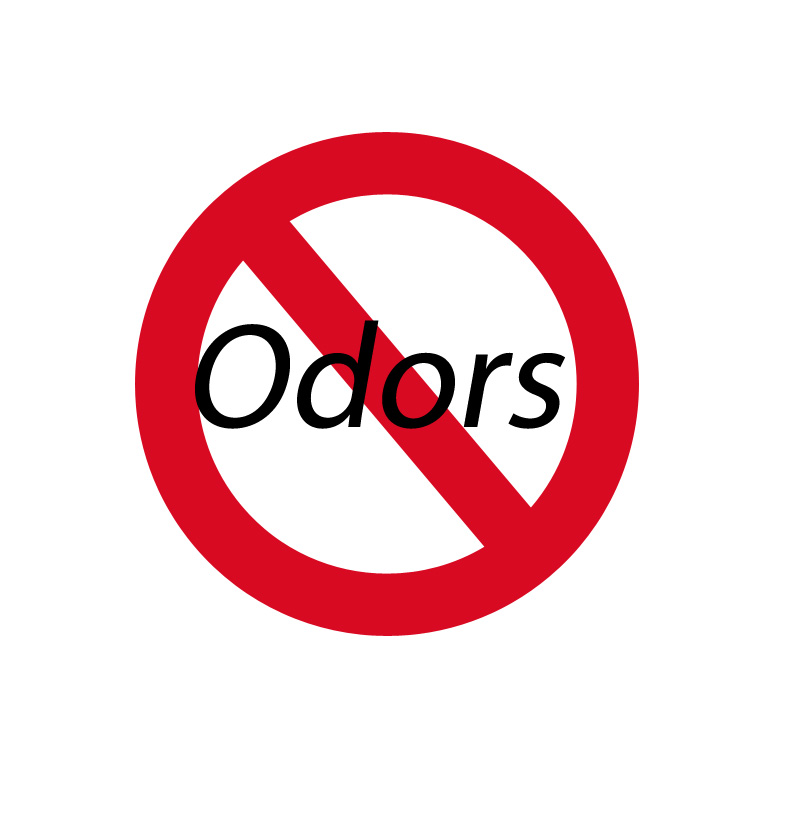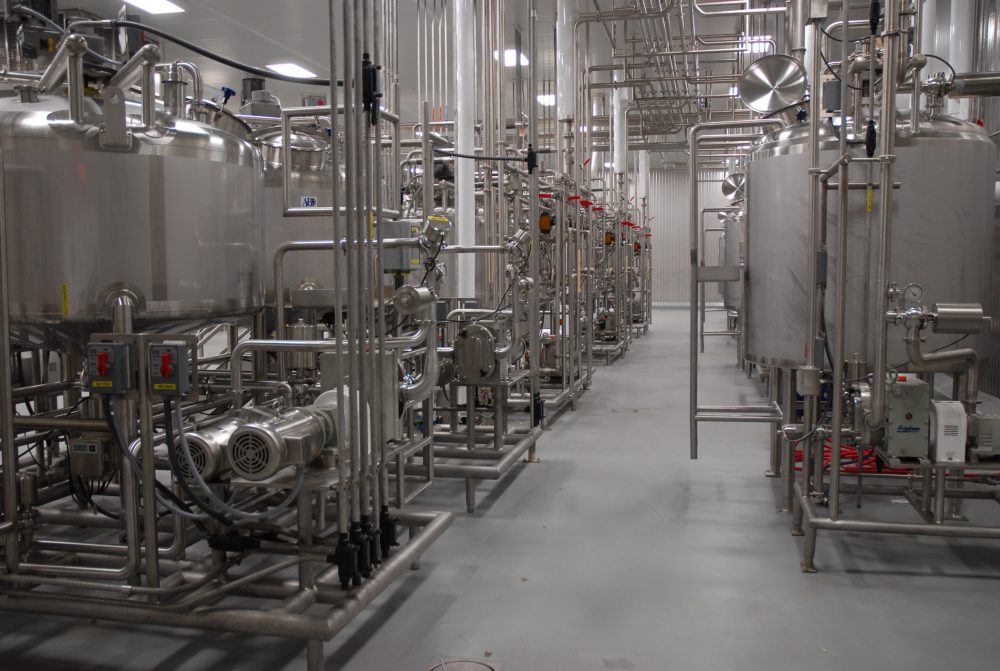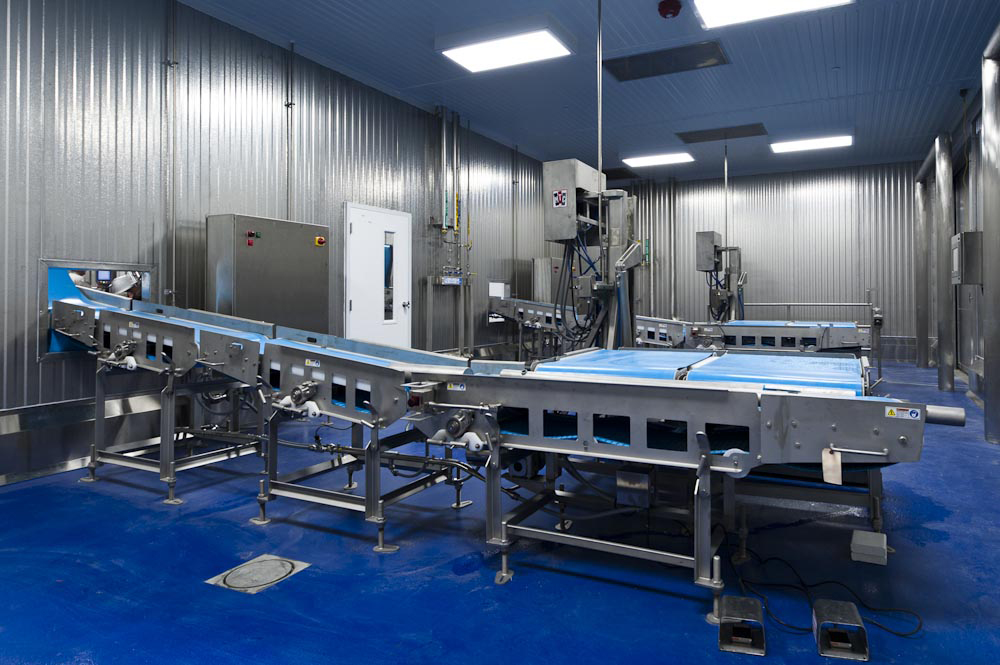Why Your Expansion Plan Needs Supply Chain Modeling
As the food processing industry continues to flourish, many manufacturers are faced with the need to increase capacity. Whether it’s adding a new process line, building an additional plant or expanding an existing facility, conducting a supply chain analysis in partnership with your design team can lead to better decision-making and more efficient capital expenditures.
Continue Reading “Why Your Expansion Plan Needs Supply Chain Modeling”




